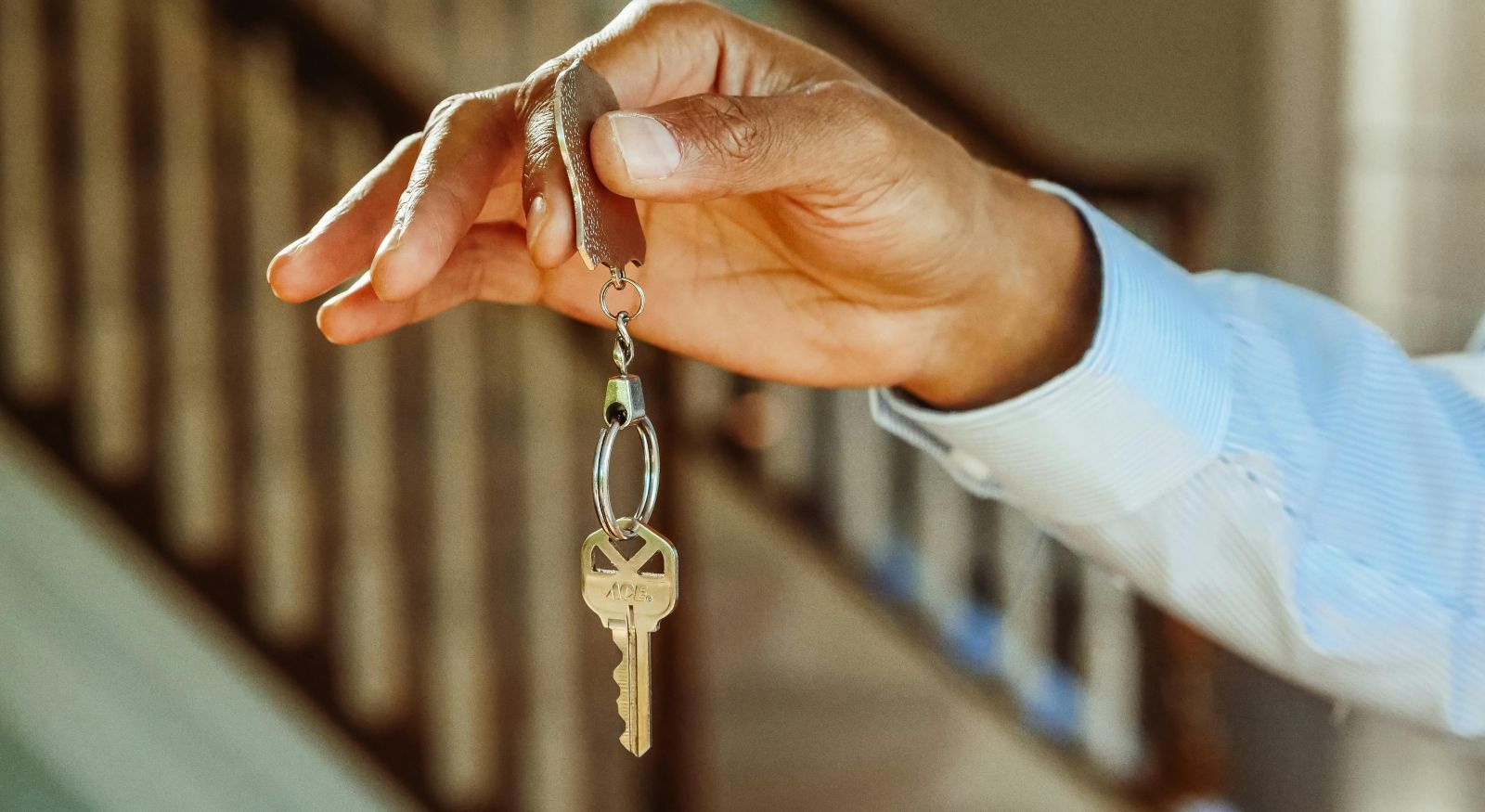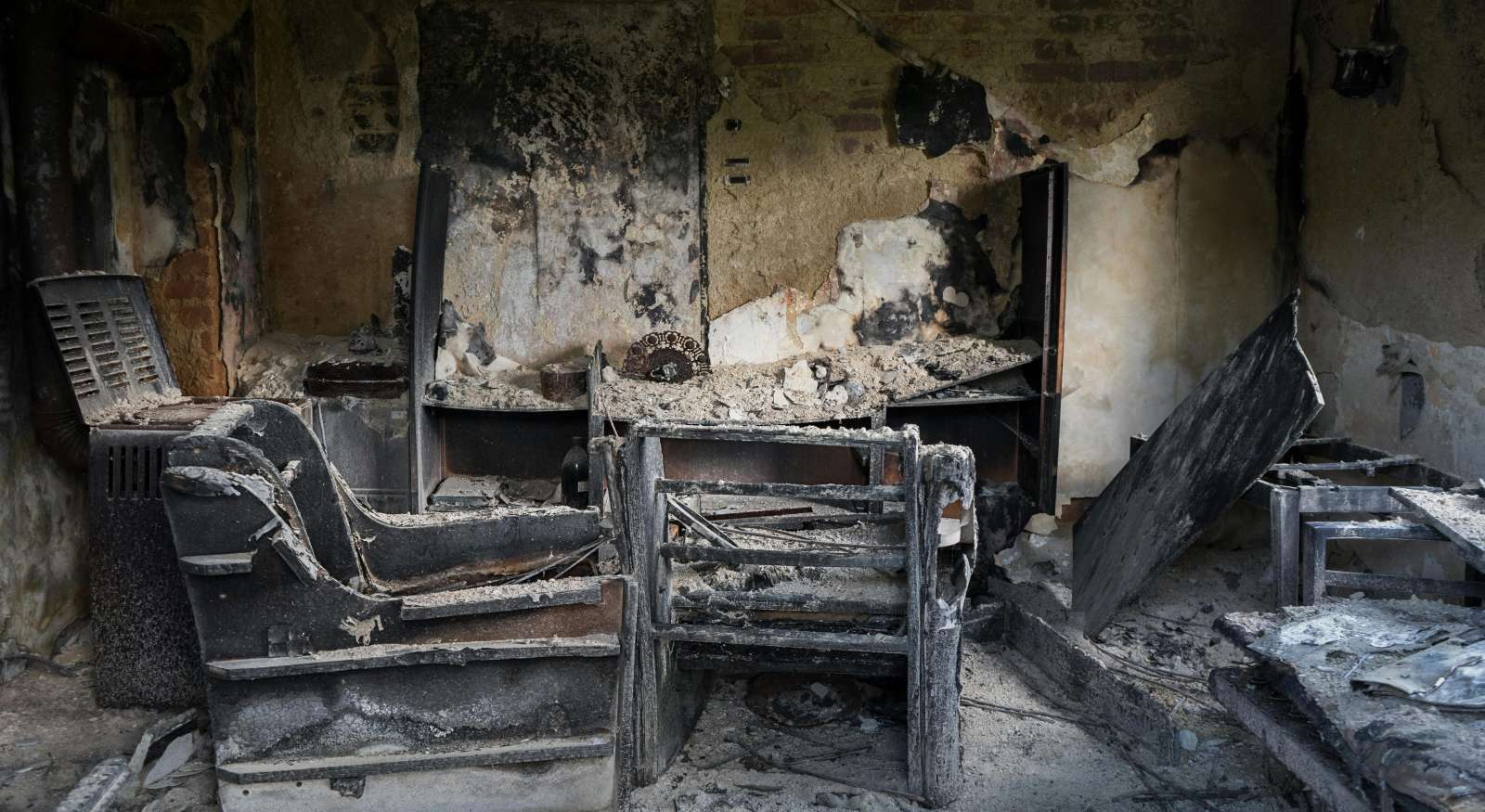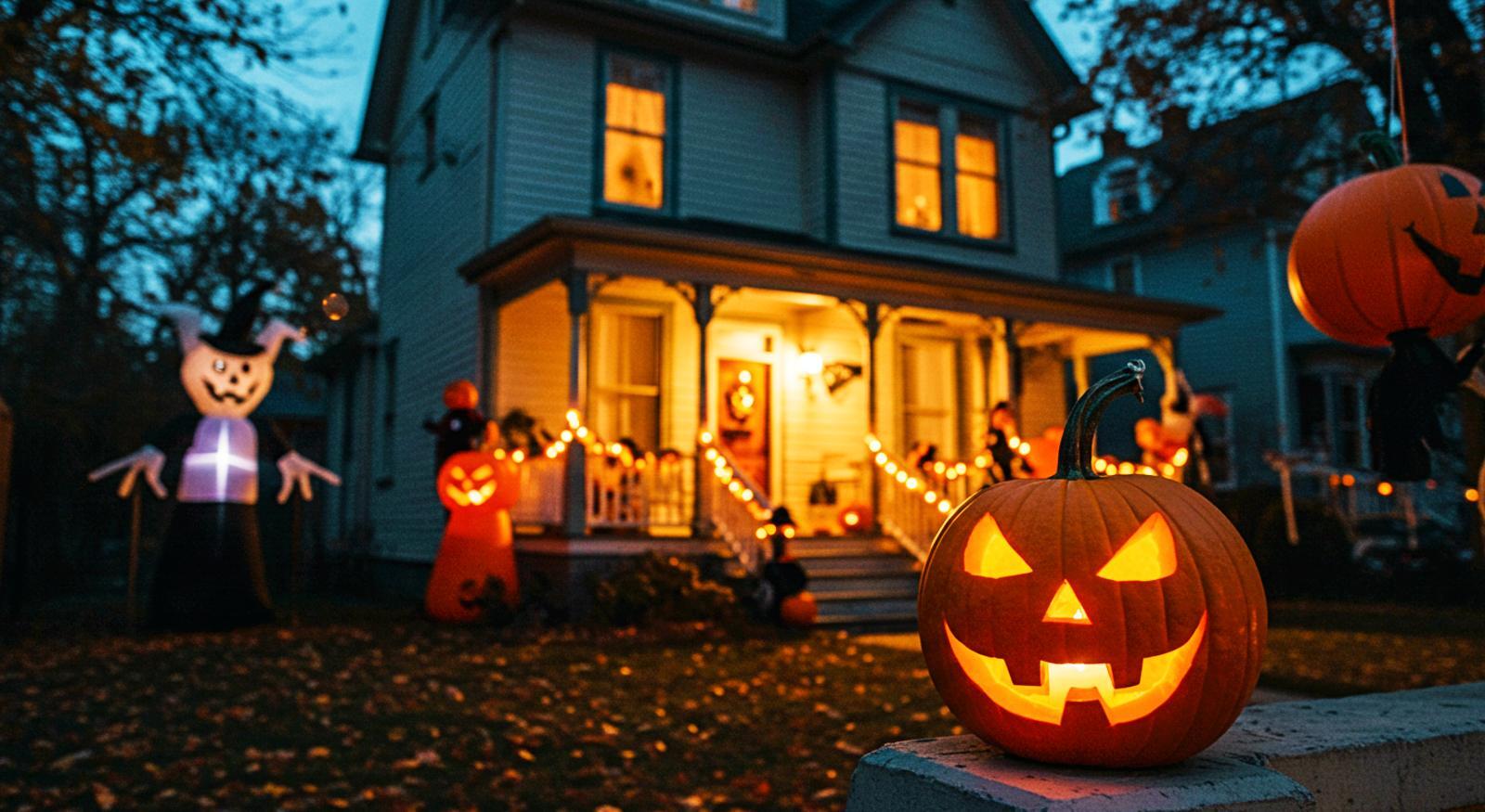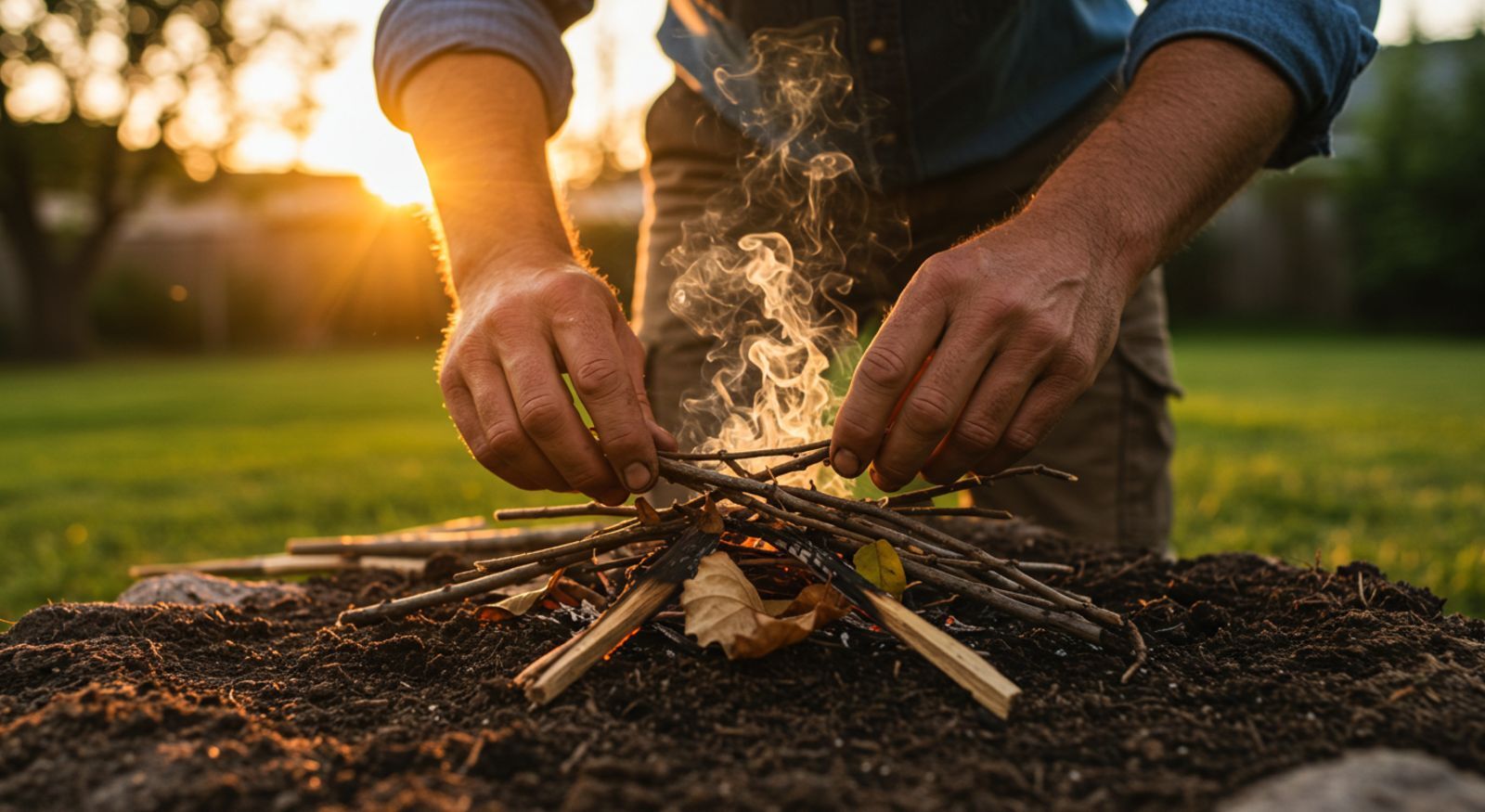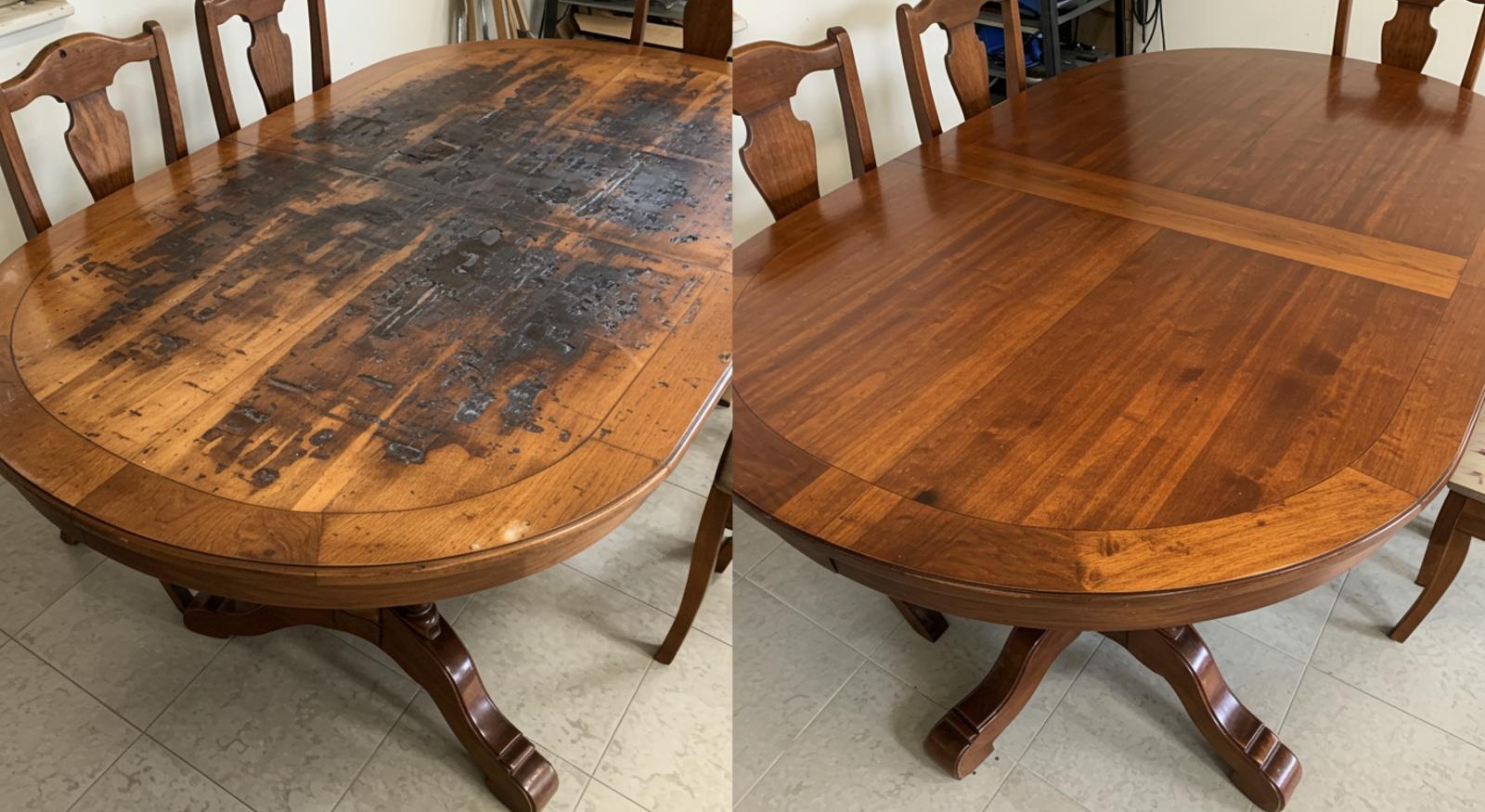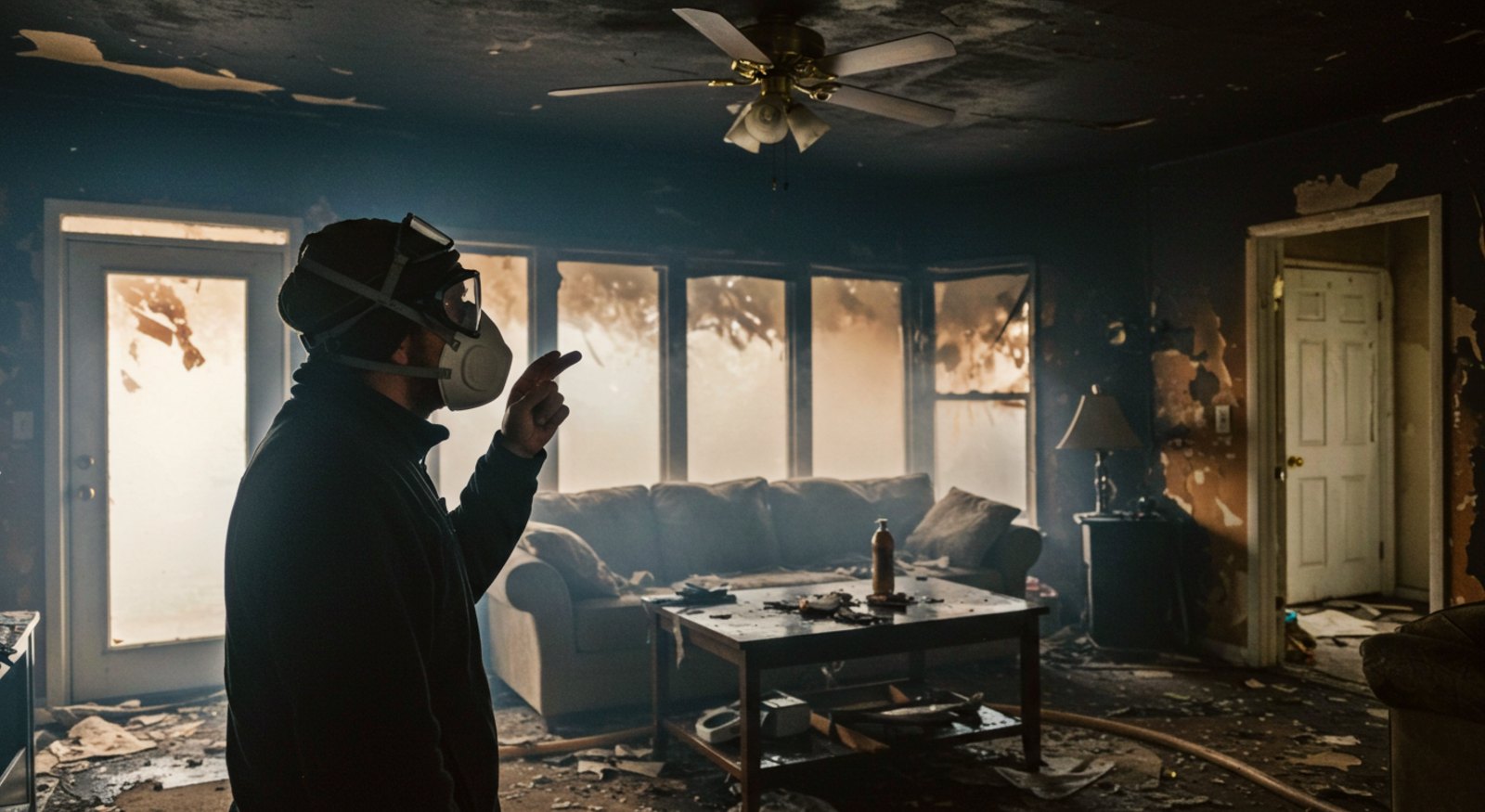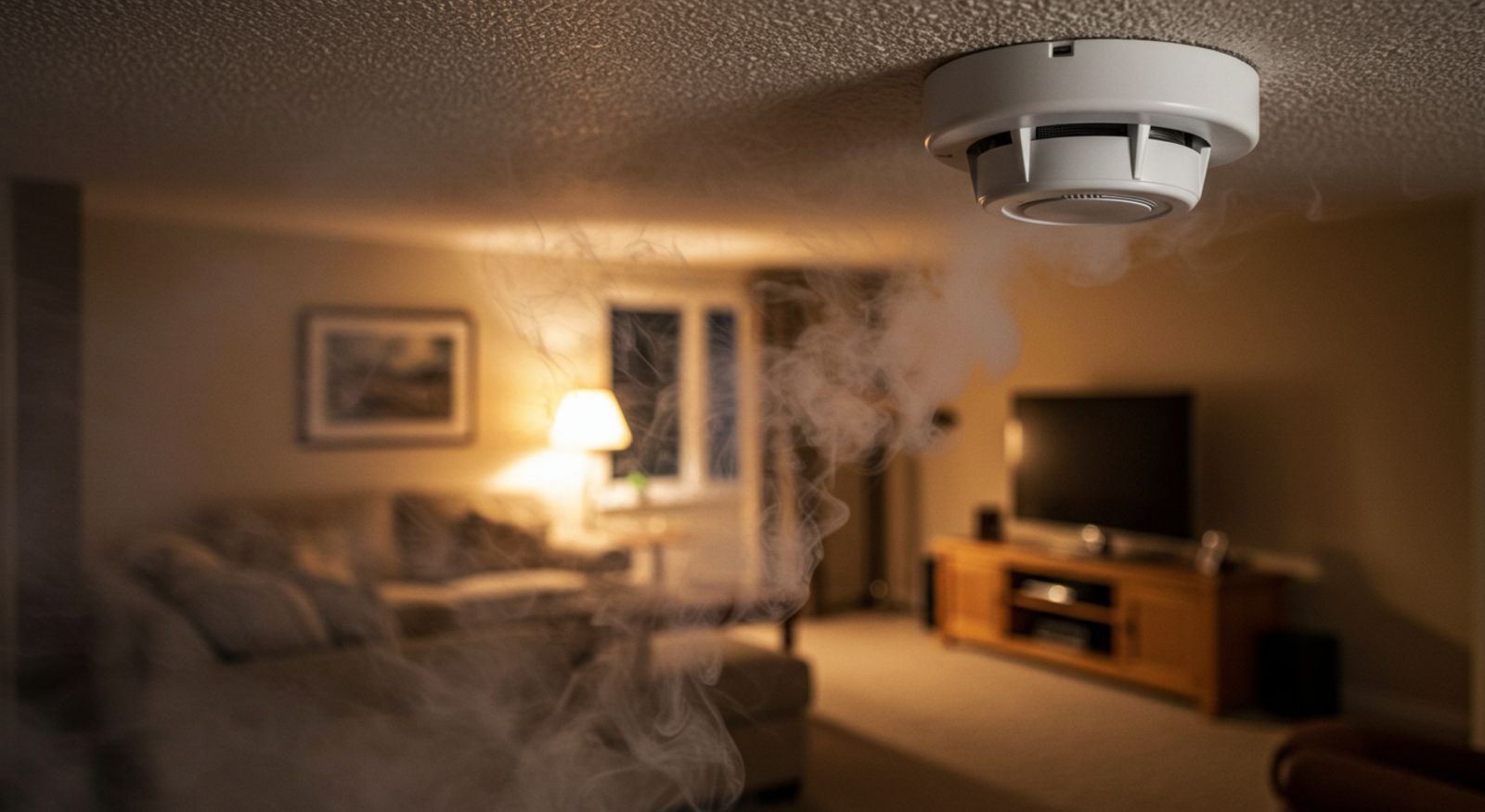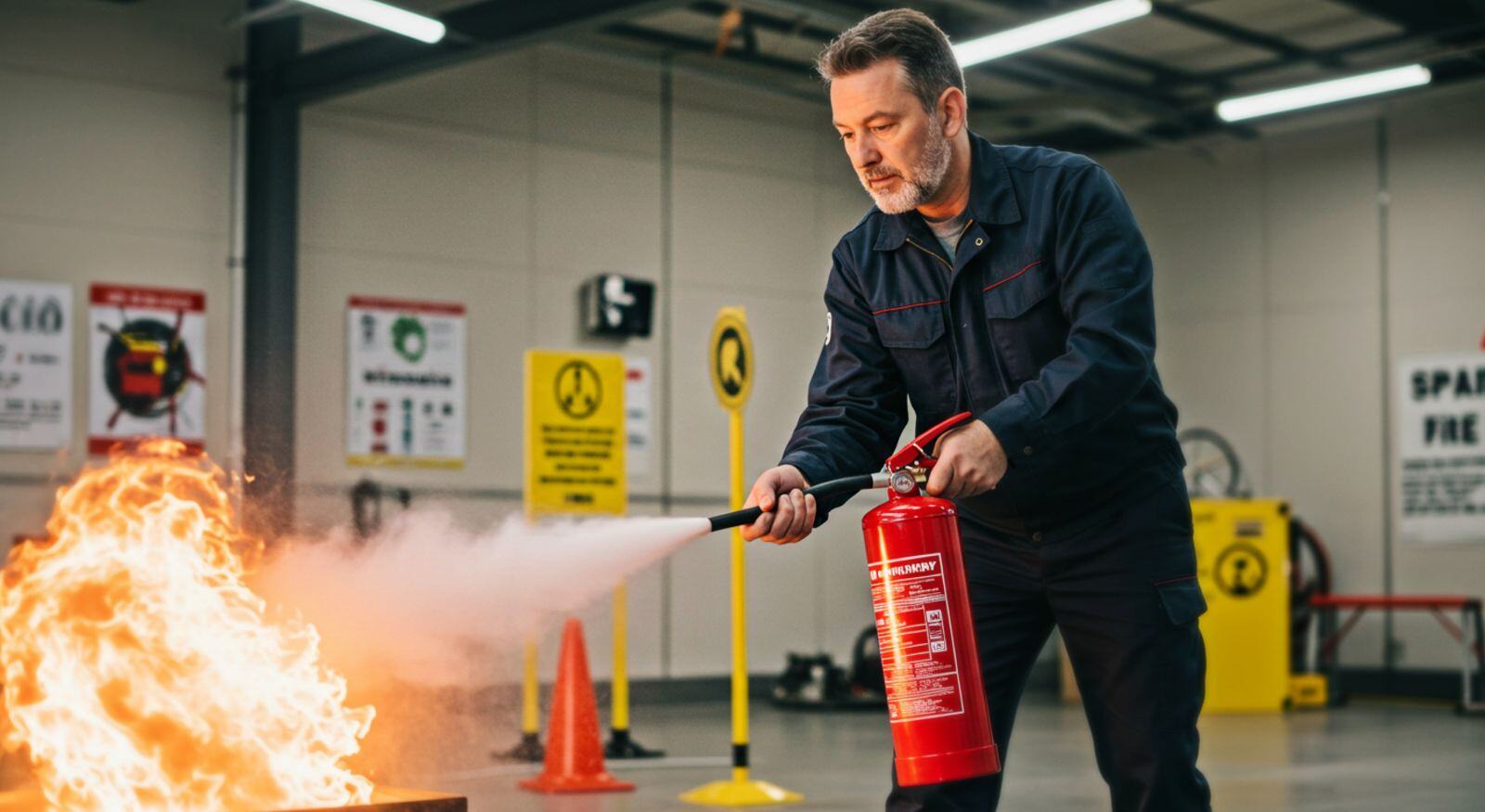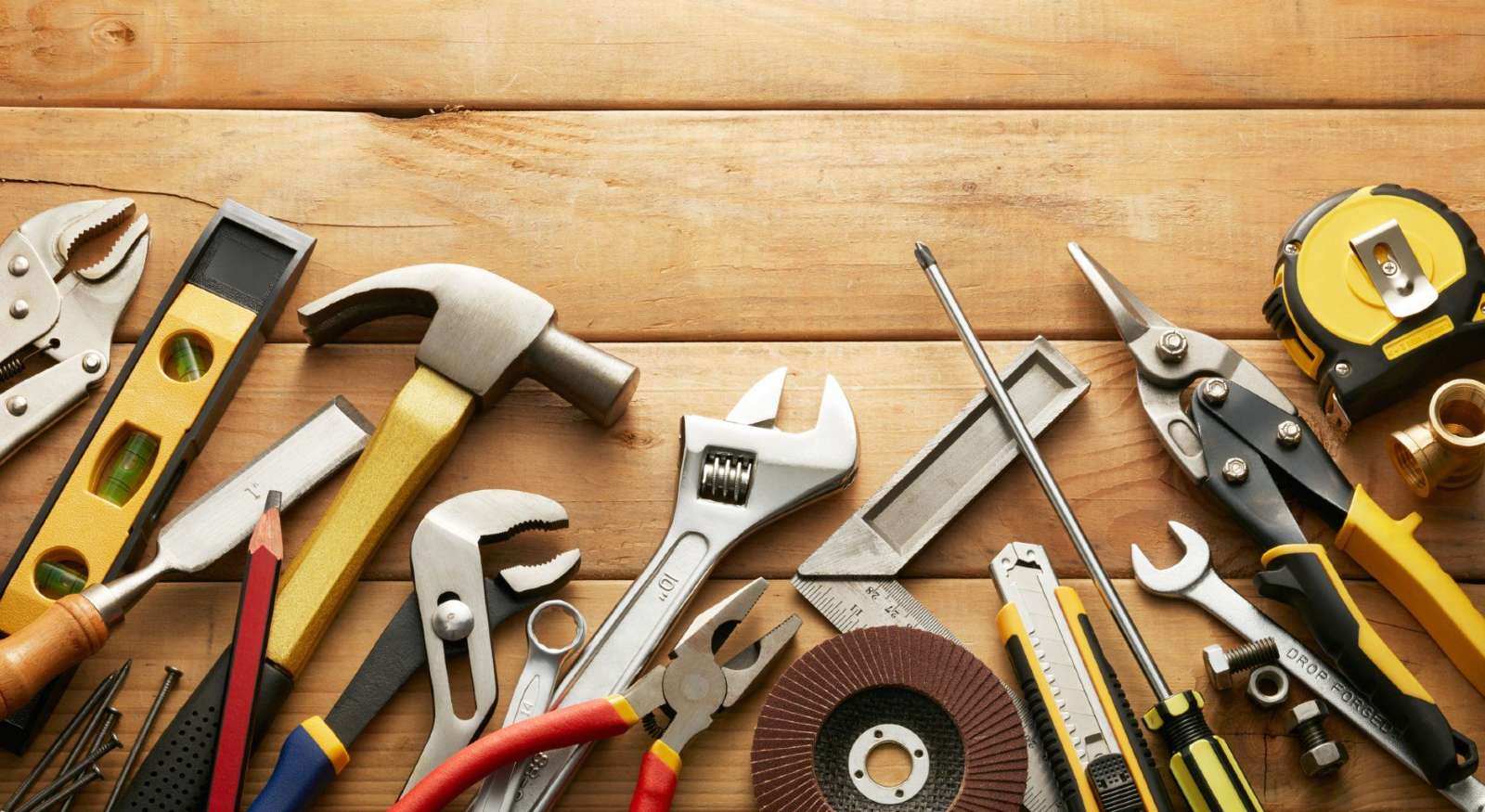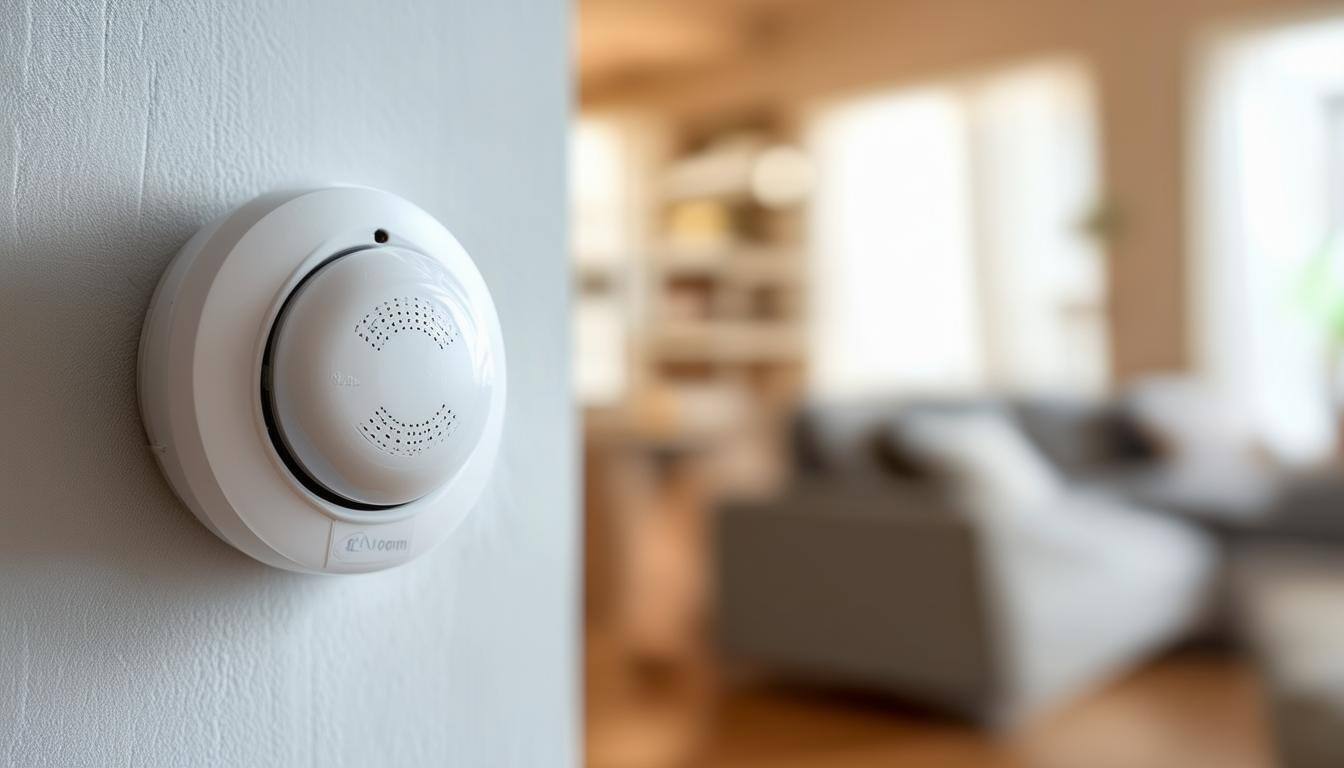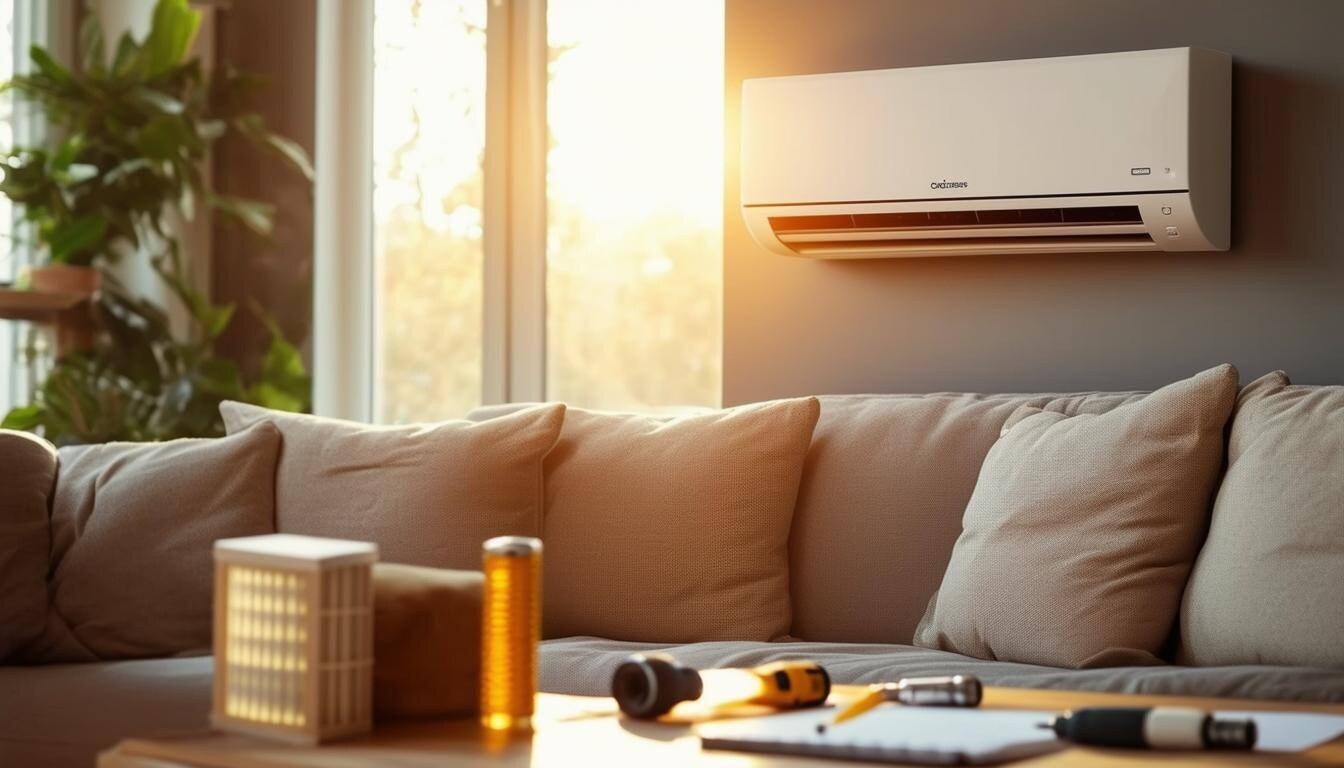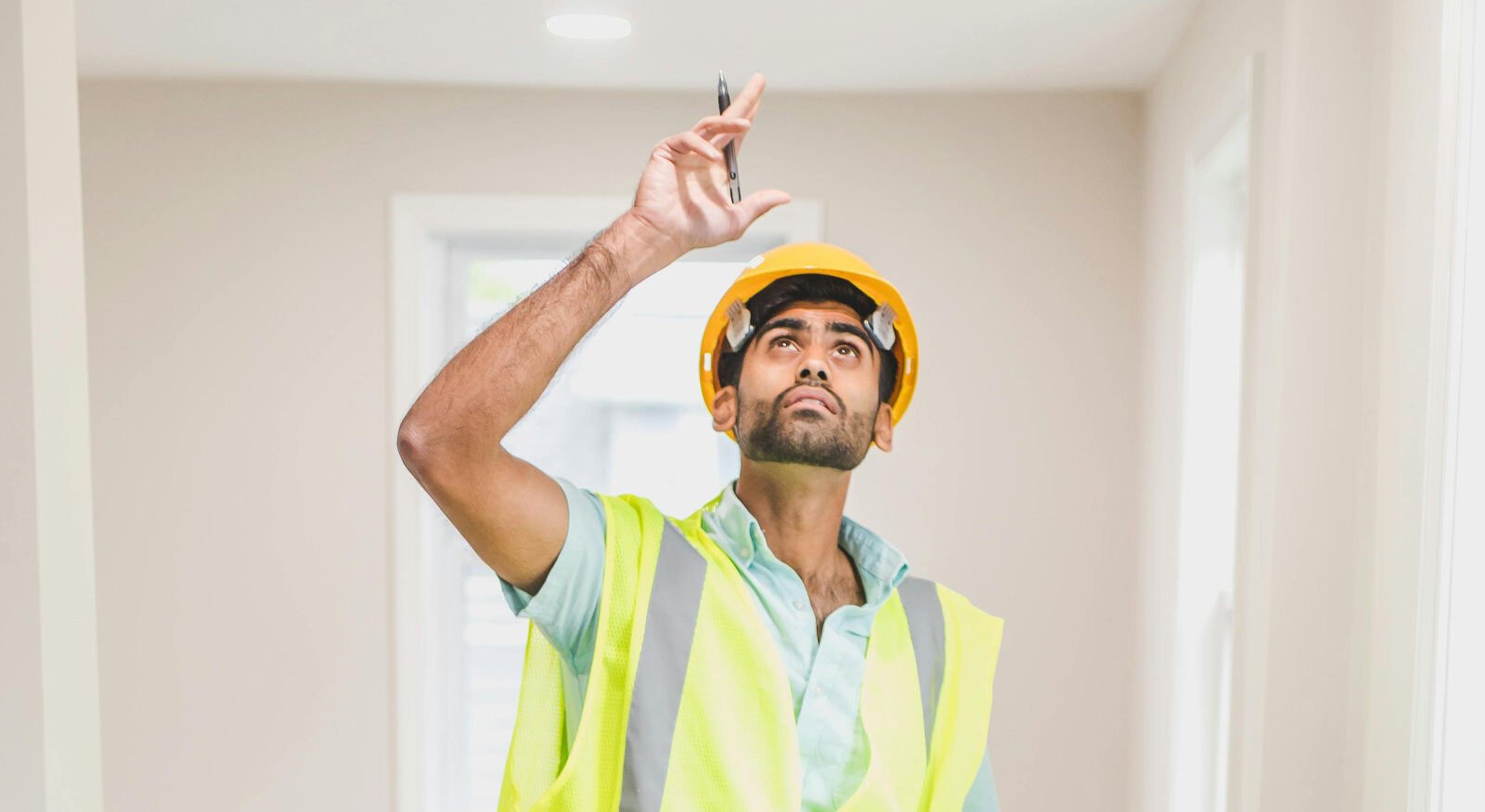Professional fire damage restoration with Restore-It
September 11th, 2024
5 min read
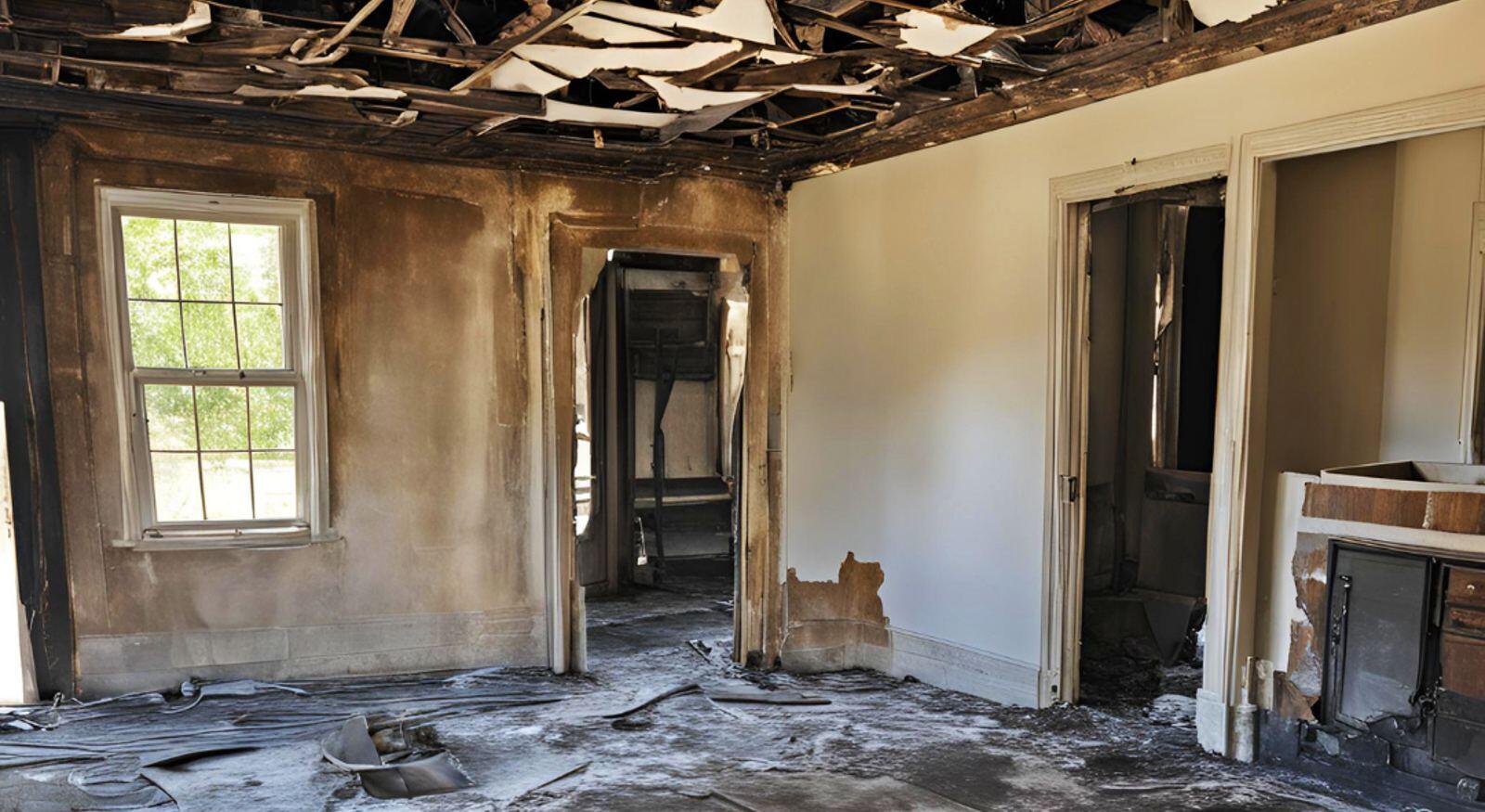
As a homeowner, you probably know how dangerous fire can be to a property. From the visible destruction to the hidden dangers of smoke and soot accumulation, as well as the damage to the structural integrity, fire damage can wreak havoc on a property. The aftermath can be overwhelming on a personal and emotional level, but you are most likely asking yourself: What do I do now?
At Restore-It, we bring over 50 years of combined experience in fire damage restoration. Our firm is certified by the Institute of Inspection, Cleaning, and Restoration Certification (IICRC), ensuring we follow industry standards on every job. We handle many types of fires yearly, from very small and quickly controlled fires to larger ones that affect the whole house. In all cases, we have prioritized the safety and well-being of our customers in South Arkansas.
Now, we will discuss our comprehensive fire damage restoration process. From the initial assessment and inspection to how we restore your objects, you'll learn how we effectively and carefully handle fire damage in your home.
Fire damage restoration: 9 key steps to restoring your home to its pre-damaged state
Should your home suffer the misfortune of fire damage, here is how we will handle the restoration process, prioritizing the house's recovery while caring for your well-being as an affected homeowner.
Step 1: Initial call and response
Everything begins when you contact us. During this initial phase, we will ask for your personal information (name, phone number, email, and address), insurance claim number, and insurance adjuster's name. If you have yet to contact your insurance company, we can help you file a claim.
We will also need to know what caused the fire and if you have clearance from the fire department. Finally, we will ask if you have arranged to live elsewhere, which we recommend to avoid possible health issues during restoration.
Before the next step, the on-site inspection, you can help us speed up the process by turning off all electricity in your home. If it's not safe or you don't know how to do it, you should contact your utility company so they can turn it off at the meter. We also strongly suggest not attempting to repair any electrical items to avoid the risk of electrocution.
Step 2: On-site inspection and initial documentation
We will send our technicians to your house to meet with you. They will ask you to walk them through the damaged areas to make observations and address any concerns. You can give us a hand in this part of the process by following these tips:
- Be honest about the cause of the fire: Doing so will help us determine the exact type of fire so we can address it accordingly (each category requires different techniques and methods).
- Let us know your most important affected items so we know what to prioritize during restoration.
- Secure your personal belongings. This will give you peace of mind while our technicians work at your house.
- Move any wet items to a dry, safe place: If the fire department was called, some of your objects may have been damaged while putting out the fire. If so, you should contact your insurance company to file a claim.
- Set your thermostat to 74-80 degrees F: This action will prevent more evaporation (and moisture) while you condition the air indoors.
- Sign our work authorization form and price list so we can begin planning and scheduling the restoration project.
During this part of the process, our technicians will also take pictures outside and inside the house to document them thoroughly. They will also sketch the areas of the house with a 3D scanner called Matterport and take measures with moisture meters and infrared cameras.
Step 3: Creation of the fire damage restoration plan
Thanks to the previous phase, we can determine the severity of the fire and how we will address the affected "content" (a fancy technical word for all the stuff that isn't part of the structure of your house). These contents are divided into two groups:
- Hard contents: This includes all electronics, plates, figurines, and generally any type of object with a hard surface.
- Soft contents: In contrast, this category refers to things like rugs, carpets, towels, clothing, and any objects made with soft materials.
By evaluating the affected contents, we can determine which ones are salvageable and which we should prioritize depending on your needs. Thanks to our specialized equipment, we can restore most items, reducing the need to buy new ones or lose objects that have personal value to you.
Step 4: Sealing off the area
Our technicians will secure your property by boarding up and tarping the areas to be cleaned to prevent further damage. At the same time, we will ensure that the structures are safe to work in and check for any additional potential hazards.
Step 5: Water removal and drying (optional)
If the fire department put off the fire, your house likely also suffered from water damage. To address this issue, we will immediately proceed with our water damage mitigation and remediation process, incorporating it into the fire restoration process. This includes:
- Water extraction: We will use pumps to remove standing water and a HEPA vacuum in the affected areas.
- Dehumidification: We will use dehumidifiers and air movers to dry the affected areas properly to prevent further damage to the structures and microbial growth (mold and mildew).
Step 6: Soot and smoke removal
Soot in walls, ceilings, and other surfaces will be removed mechanically by wiping it down and scrubbing it with chemical sponges. Then, we will use HEPA vacuums to filter all residues. Odor removal will be addressed with air scrubbers with charcoal filters to clear the air while our technicians are working.
Step 7: Cleaning and sanitization
From carpets, upholstery, and other "soft content" belongings to any type of "hard content," we at Restore-It are equipped to clean almost everything.
We will use the Esporta wash system to ensure deep cleaning for salvageable soft content, meaning the soot has not corroded it. This particular machine has many advantages:
- It removes odors and stains.
- It cleans the materials to a food-grade level.
- It uses a special detergent to use less water.
- It has a smaller carbon footprint than traditional washers.
In the case of hard contents, we will use ultrasonic cleaners to do detailed cleaning on any object with a hard surface (provided its structure is not affected).
As cleaning large amounts of contents takes days, we will discuss with you which items to prioritize. We will also discuss with you whether or not we can dispose of an item when the cost of cleaning exceeds the cost of replacing it.
Step 8: Rebuilding and repairing
Whether the damage was caused by the fire itself or by the fire department attempting to access the affected area, we will remove all damaged building materials in your home. Ceilings and walls, which tend to be the most affected by fires, will be removed, replaced, and repainted.
We can also reconstruct structural damage if necessary. For example, burned studs or charred beams can and should be removed and replaced. Also, if your home's electrical or plumbing system has been affected, we can contact a certified technician to repair it.
Step 9: Final inspection
After everything has been set and done, our technicians will do a final inspection to verify that the job has been done according to our high quality standards. During the final walkthrough of your newly restored home, we will answer any doubts or concerns you may still have.
Anxiety and emotional distress are understandable after a fire event, but we are here to extend a helping hand. Throughout this article, we have discussed how we handle this complex project: From the moment you call us, going through the creation of the restoration plan and moving on with the cleaning, removal, and repairing of your house, we make sure always to put your needs first. So, now that you have discovered the details of our fire damage restoration process at Restore-It, your next course of action is to contact us so we can get your home back to how it was before the fire happened.
Topics:




